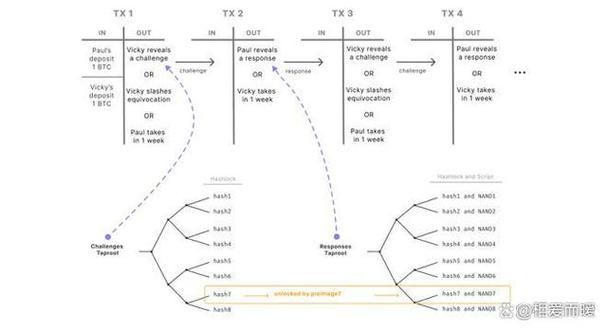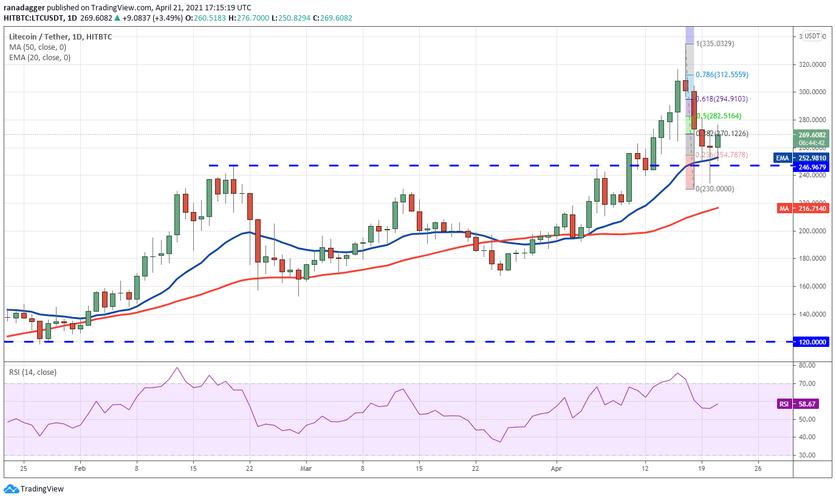
Understanding ADA and ETH: A Comprehensive Comparison
When it comes to cryptocurrencies, two of the most prominent players in the market are Cardano (ADA) and Ethereum (ETH). Both have their unique features and strengths, making them popular choices among investors and developers. In this detailed comparison, we will explore various aspects of ADA and ETH, including their technology, market performance, and potential long-term prospects.
Technology: The Backbone of ADA and ETH
Cardano and Ethereum differ significantly in their underlying technology. Cardano is built on a layered architecture, with the settlement layer (Ouroboros) and the computation layer (Plutus). This design allows for better scalability and security compared to Ethereum’s current Proof of Work (PoW) consensus mechanism.

| Layer | Cardano | Ethereum |
|---|---|---|
| Settlement Layer | Ouroboros Protocol | Proof of Work (PoW) |
| Computation Layer | Plutus | Smart Contracts |
Ethereum, on the other hand, relies on the Ethereum Virtual Machine (EVM) for executing smart contracts. While Ethereum has been successful in deploying numerous decentralized applications (dApps), its PoW mechanism has faced criticism for its environmental impact and scalability issues.
Market Performance: ADA vs ETH
When comparing the market performance of ADA and ETH, it’s essential to consider their historical data and current market capitalization. As of the time of writing, Ethereum has a higher market capitalization, making it the second-largest cryptocurrency after Bitcoin. However, Cardano has been gaining traction and has seen significant growth in its market value.
Over the past few years, both ADA and ETH have experienced periods of volatility. However, their overall performance has been impressive. For instance, in 2021, both cryptocurrencies saw a substantial increase in value, with ADA reaching an all-time high of $3.10 and ETH reaching $4,878. While Ethereum has maintained its position as a top cryptocurrency, Cardano has been able to carve out a niche for itself in the market.
Community and Development: The Driving Force
The success of a cryptocurrency often hinges on its community and development efforts. Ethereum has a vast and active community, with numerous developers and enthusiasts contributing to its growth. The Ethereum Foundation plays a crucial role in supporting the network and fostering innovation.

Cardano, on the other hand, has a strong focus on research and development. The team behind Cardano, IOHK, has been working on improving the network’s technology and ensuring its long-term viability. The project has also received backing from various academic institutions, which has helped in building a robust and secure platform.
Use Cases: ADA and ETH in Action
Both ADA and ETH have a wide range of use cases, making them attractive to various stakeholders. Ethereum has been the go-to platform for dApps, with projects like Uniswap, Aave, and Decentraland gaining significant traction. These dApps leverage Ethereum’s smart contract capabilities to create innovative solutions.
Cardano, on the other hand, aims to be a platform for real-world applications, including financial services, supply chain management, and healthcare. The project’s Plutus layer enables the creation of more complex smart contracts, which can be used to develop sophisticated applications.
Long-Term Prospects: ADA vs ETH
When considering the long-term prospects of ADA and ETH, it’s essential to look at their potential to evolve and adapt to the changing landscape of the cryptocurrency market. Ethereum has been working on its Ethereum 2.0 upgrade, which aims to transition to a Proof of Stake (PoS) consensus mechanism and improve scalability. This upgrade is expected to enhance Ethereum’s performance and make it more sustainable in the long run.
Cardano has also been making strides in its development, with the upcoming Vasil hard fork expected to bring several improvements, including increased scalability and better smart contract capabilities. The project’s focus on research and collaboration with academic institutions suggests that Cardano has the potential to become a leading platform for real-world applications.
Ultimately, the long-term success of ADA and ETH will depend on their ability to adapt to the evolving needs of the market and their ability to maintain a strong community and development ecosystem.





